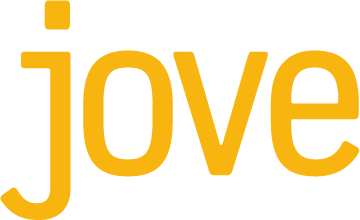One CMO's self-critical take on thought leadership
/What do smart investment management marketers think of their industry’s thought leadership?
Earlier this week, I posed this very question to a CMO who has headed up marketing at several well-known large investment managers. Here’s a recap of his thoughts.
Critical—and in critical shape
He’s a big believer in thought leadership. “It’s huge. But a lot of it is crap.”
Why? No differentiation.
“Most firms struggle with thought leadership. They say the same things repeatedly, with either the same point of view as everyone else, or no point of view.”
He blames a misalignment between leadership and marketing. “Firm leaders care about building the business and are attuned to thought leadership, its value, and what makes it good. But a lot of the marketing people are not.”
That’s because many marketers have little incentive to take a risk and do something different, in his experience, which is what good thought leadership requires. “The upside is limited. The downside is, I get fired. It really doesn’t pay me to come out with something fantastic.”
This makes some channels practically useless, he thinks. “LinkedIn is so mission critical—and I think thought leadership has to be a huge component of any firm’s LinkedIn presence.” You’re missing the boat, he says, if your thought leadership doesn’t stand out on LinkedIn, or if you’re not doing it at all.
It’s the way that you do it
Great thought leadership has presence.
A vivid presence has always been a virtue in thought leadership, but especially so today. “The bolder the better.” Not just a distinct voice, but shorter, more visual formats that can be absorbed quickly and memorably.
“Long form struggles these days. To expect most people to read a 23-page white paper loaded with text—that’s insane.”
“You may not agree with Cathy Wood (ARK Invest), but ARK’s white papers are really effective—more like PowerPoint presentations, centered on highly visual charts and graphs.” (To me they look more like very visual white papers than decks, but point taken.)
“How about a chart of the week? All expressed with the firm’s point of view.” At least one firm actually does that.
In creating thought leadership, investment managers should also lean on those within the firm who have a flair for expressing distinctive views. Instead, most firms leave thought leadership with someone in marketing or an investment person who isn’t good at thought leadership or may not care about it.
“Think of Jeremy Grantham at GMO. He makes thought leadership interesting and fun. He’s entertaining, with an edge of, ‘I know what I’m talking about.’”
Walking the walk
How to begin? Start small, he suggests. For example, layering a voice onto quarterly reports. “They don’t have to be earth-shattering—just good.”
He pays close attention to analytics. “Insight posts are my primary lead capture mechanism. I use downloads as a barometer for where we’re building the brand effectively and where we need work.”
Get buy-in on thought leadership campaigns from the firm, particularly the sales team. “We do one simple thing: before we launch a piece of thought leadership, everyone gets it and needs to read it. Then we invite them to an on-site presentation and the portfolio manager author takes them through it. This makes people aware of the piece, the thinking behind it, and gets them thinking about how they might use it in a sales context.”






















